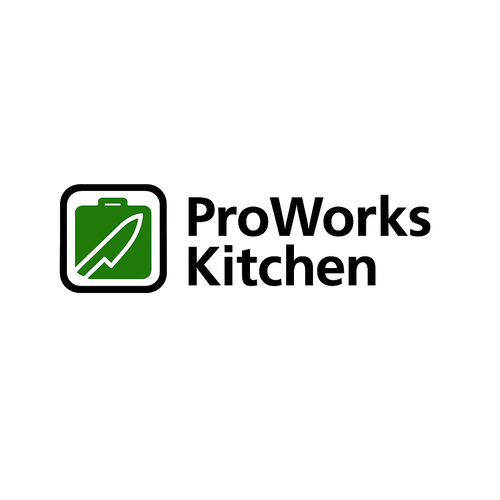When it comes to choosing a cutting board, most people automatically reach for either plastic or wood. But what if we told you that both materials are dangerous in their own way? From microplastics to bacteria buildup, these boards are silently posing health risks in your kitchen. Let’s compare the dangers of plastic and wood cutting boards, and explore why stainless steel and titanium are the safer, cleaner alternatives.
Plastic Cutting Boards: The Microplastic Threat
Plastic cutting boards are lightweight, affordable, and easy to clean, but they come with a hidden danger—microplastics. Every time you cut into a plastic board, small pieces of plastic break off. These microplastics can transfer to your food, and over time, they can accumulate in your body. Recent studies have shown that people may consume 10 credit cards worth of microplastics each year, and plastic cutting boards are a significant contributor.
Plastic boards also develop grooves from knife cuts, which can trap food particles and bacteria. Even with proper cleaning, it’s nearly impossible to remove all the germs hidden in these grooves. This creates a breeding ground for harmful bacteria, like Salmonella and E. coli, which can lead to foodborne illnesses.
Wooden Cutting Boards: The Bacteria Buildup Problem
Wooden cutting boards have long been considered a classic kitchen tool. They’re durable and gentle on knives, but they also come with serious hygiene concerns. Wood is porous, meaning it can absorb moisture, food juices, and bacteria. Every time you cut into a wooden board, knife marks are created, trapping food particles and moisture deep inside. Even after cleaning, bacteria can thrive in these grooves, posing a significant health risk.
Wooden boards also tend to retain odors from strong-smelling foods, like garlic or fish, and can develop stains that are difficult to remove. The risk of cross-contamination is high if the board isn’t sanitized thoroughly after every use, especially when used for raw meat or poultry.
The Truth: Which Is More Dangerous?
Both plastic and wood cutting boards have their flaws. Plastic is prone to microplastic contamination and bacteria buildup in deep grooves, while wood’s porous surface traps bacteria and moisture. Here’s a breakdown:
- Plastic boards: Microplastics break off with each use, and bacteria gets trapped in grooves.
- Wooden boards: Bacteria and moisture get absorbed, and knife marks create grooves that are difficult to clean thoroughly.
The Safer Alternative: Stainless Steel and Titanium Cutting Boards
If you want to protect your health, it’s time to ditch plastic and wood cutting boards and switch to 304 stainless steel or 99.8% pure titanium cutting boards. These materials are non-porous, bacteria-resistant, and easy to clean, making them the safest options for food preparation. Both stainless steel and titanium don’t develop grooves or scratches that can trap food or bacteria. Simply rinse or place them in the dishwasher for a deep clean.
Why Stainless Steel and Titanium Are the Better Choice
- Hygienic: These materials don’t absorb moisture or food particles, reducing the risk of bacterial contamination.
- Durable: Stainless steel and titanium are long-lasting and scratch-resistant, so they won’t degrade like plastic or wood.
- No microplastics: Unlike plastic, these materials won’t shed harmful particles into your food.
- Knife-friendly: Titanium is gentler on knives than plastic or wood, preserving their sharpness over time.
